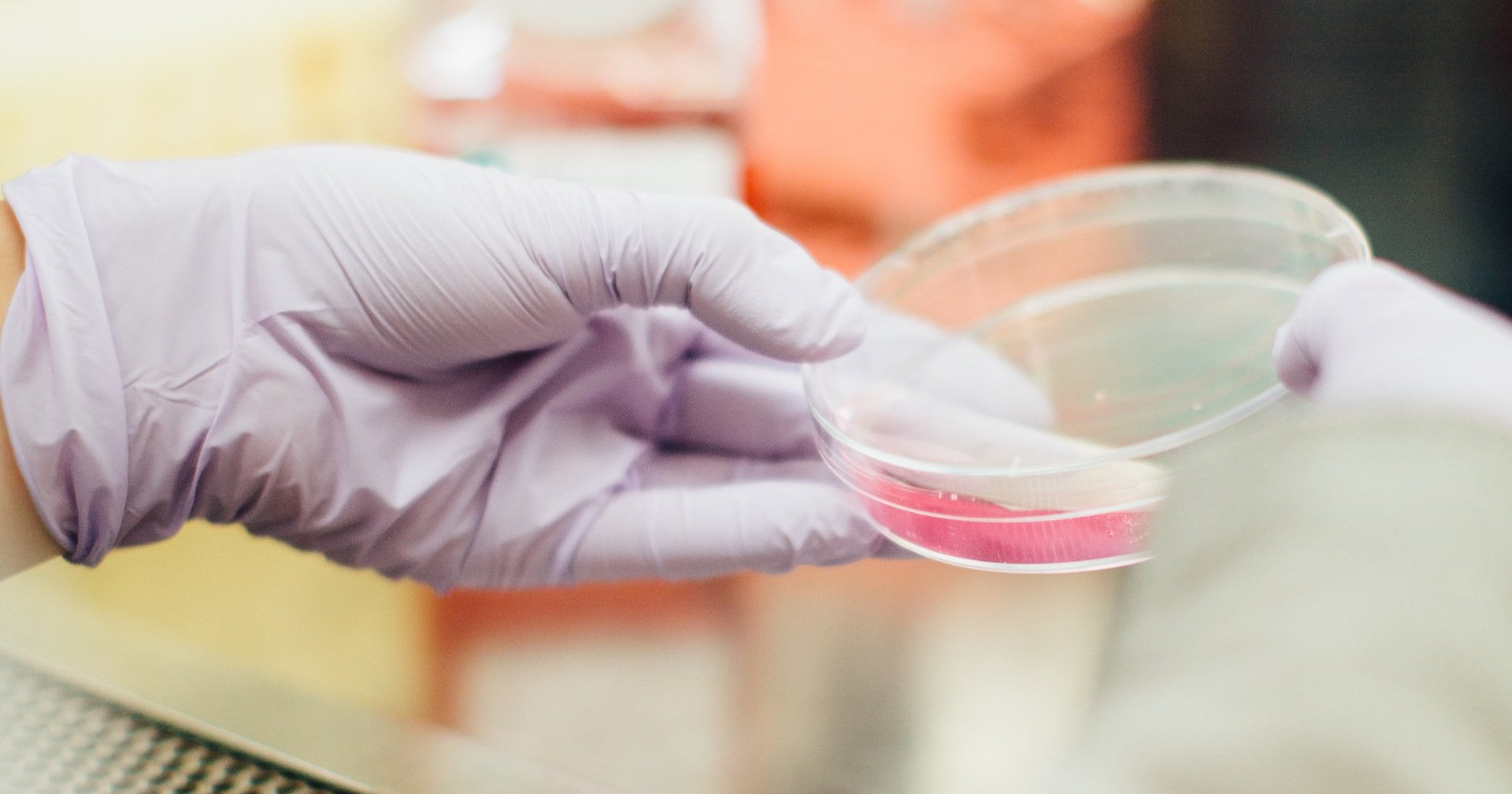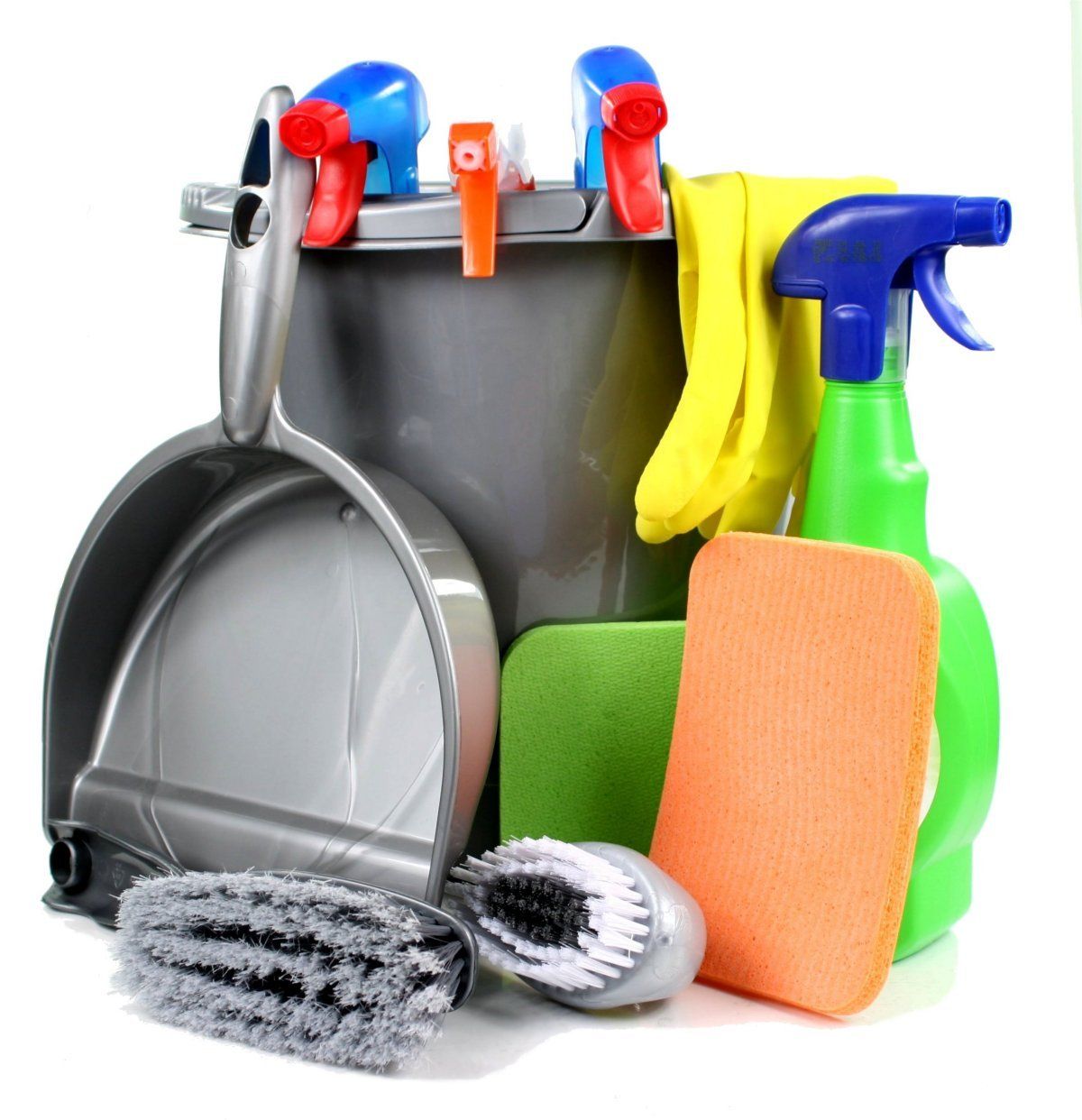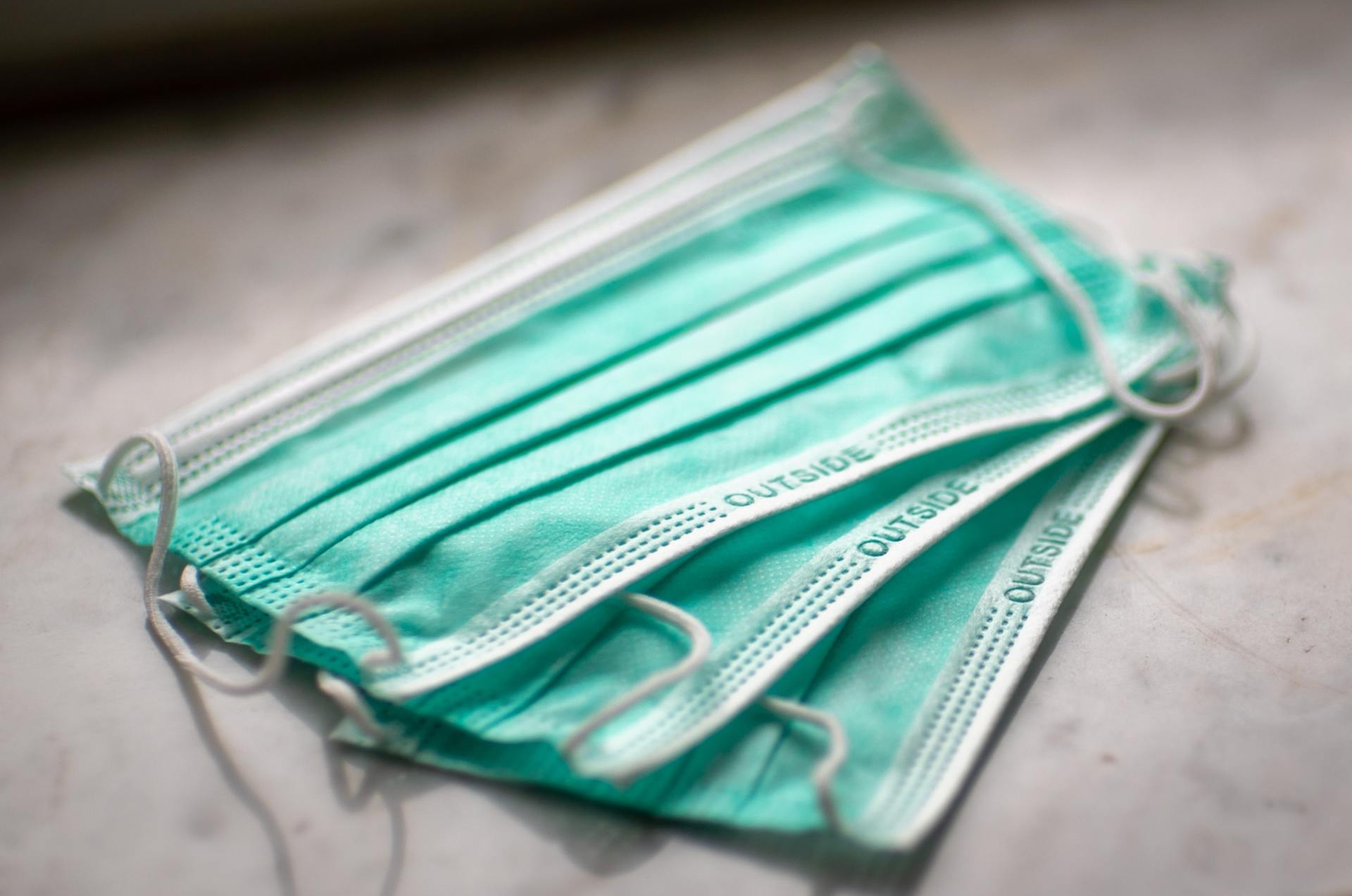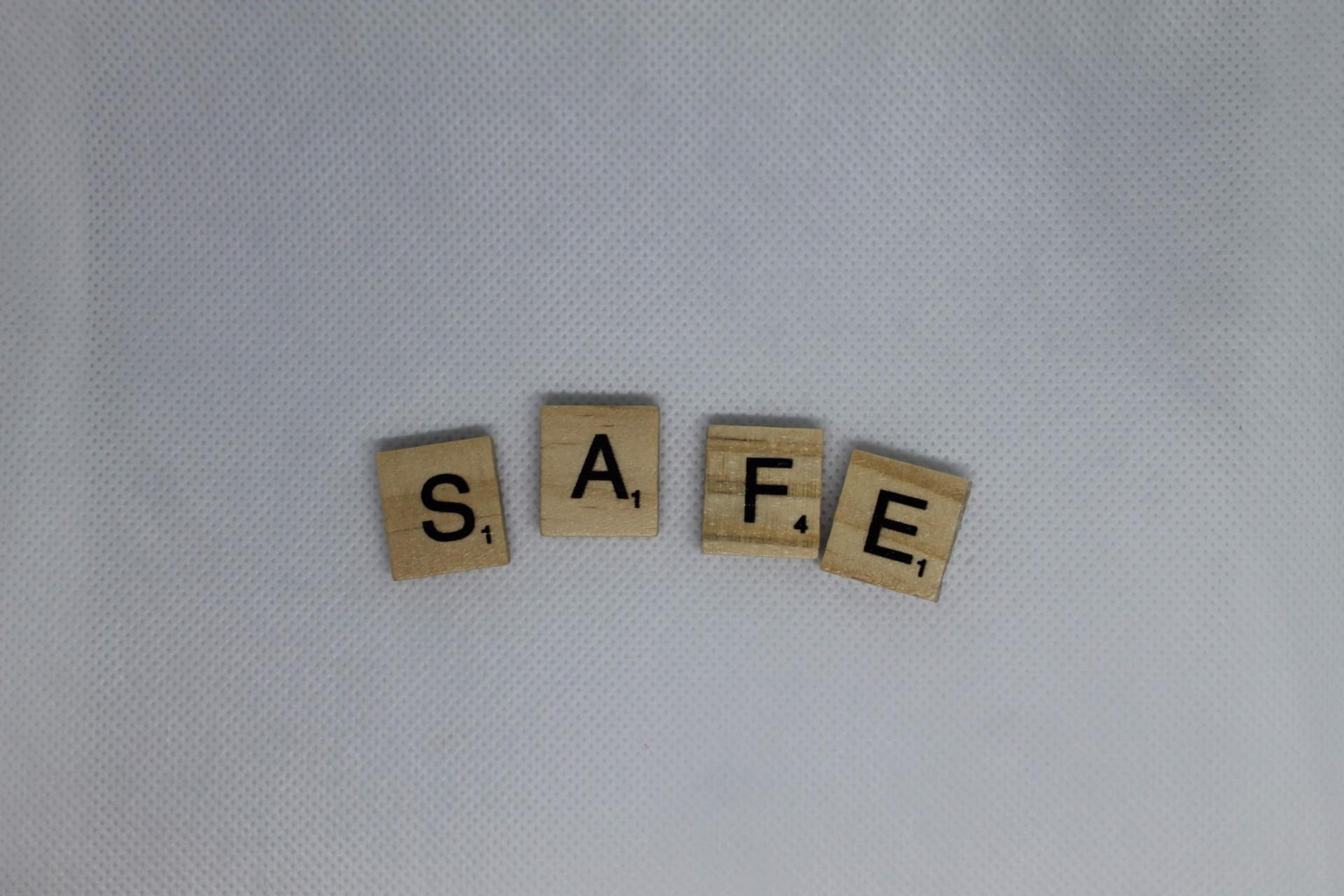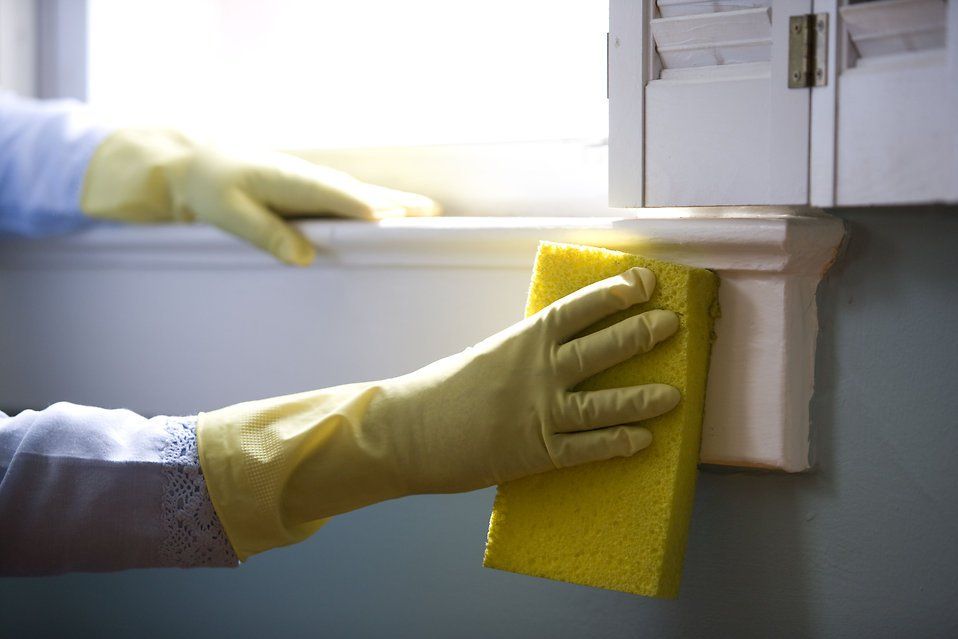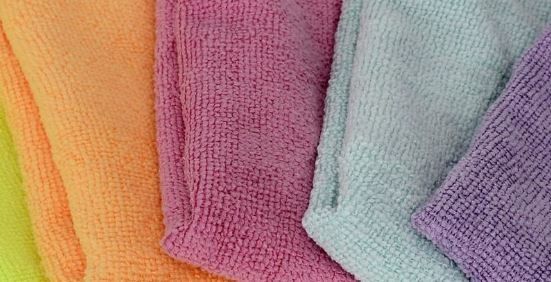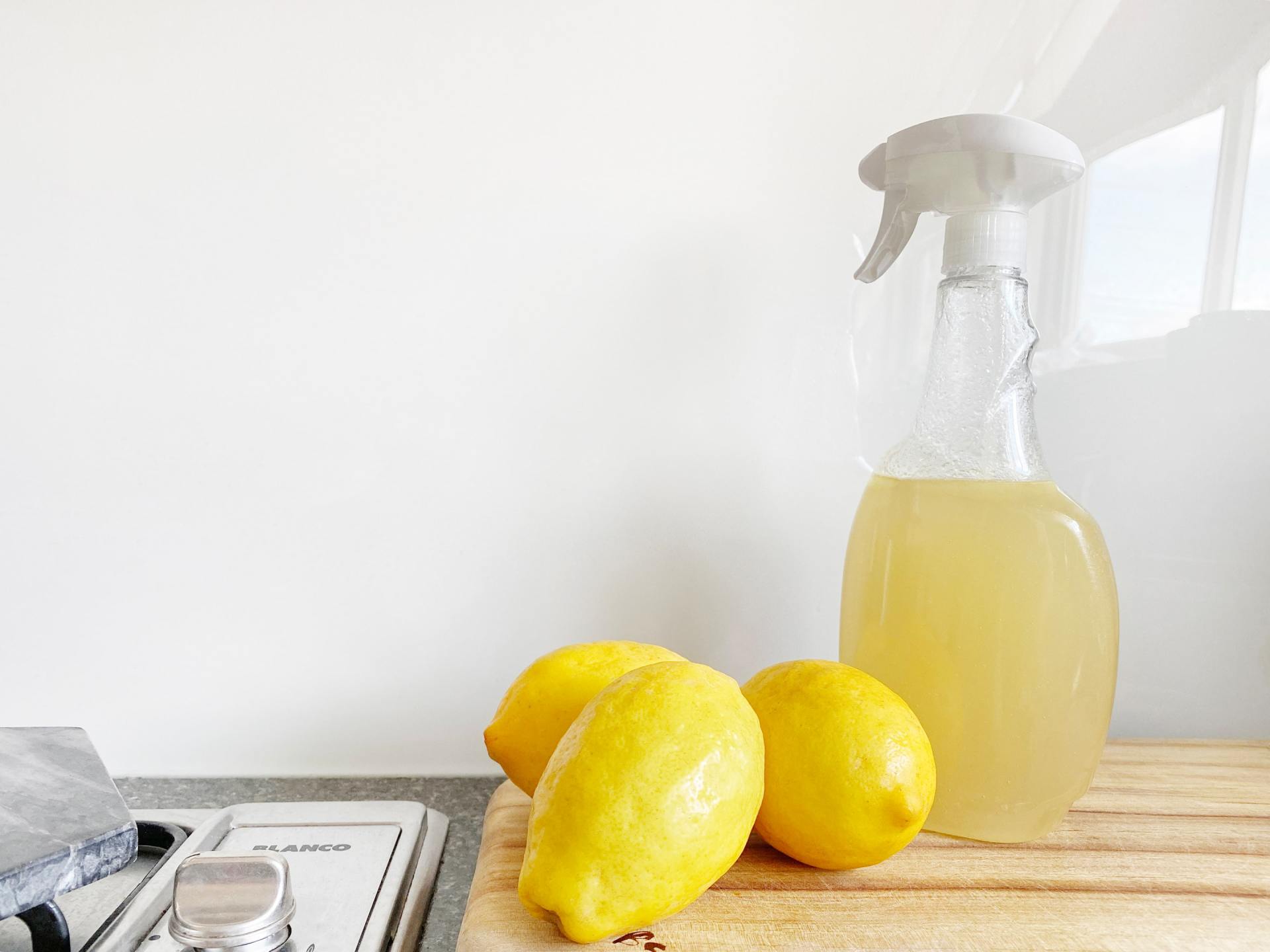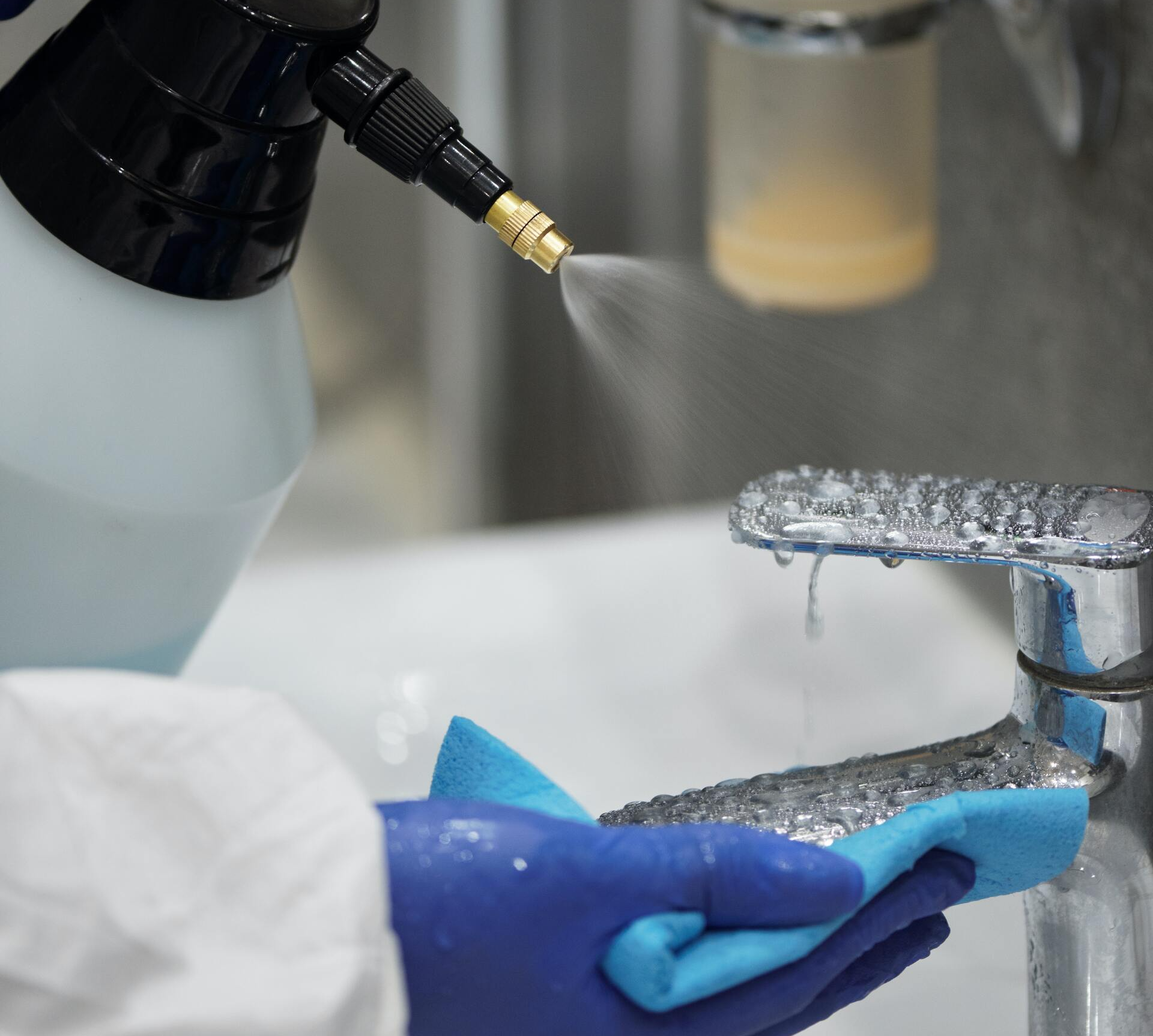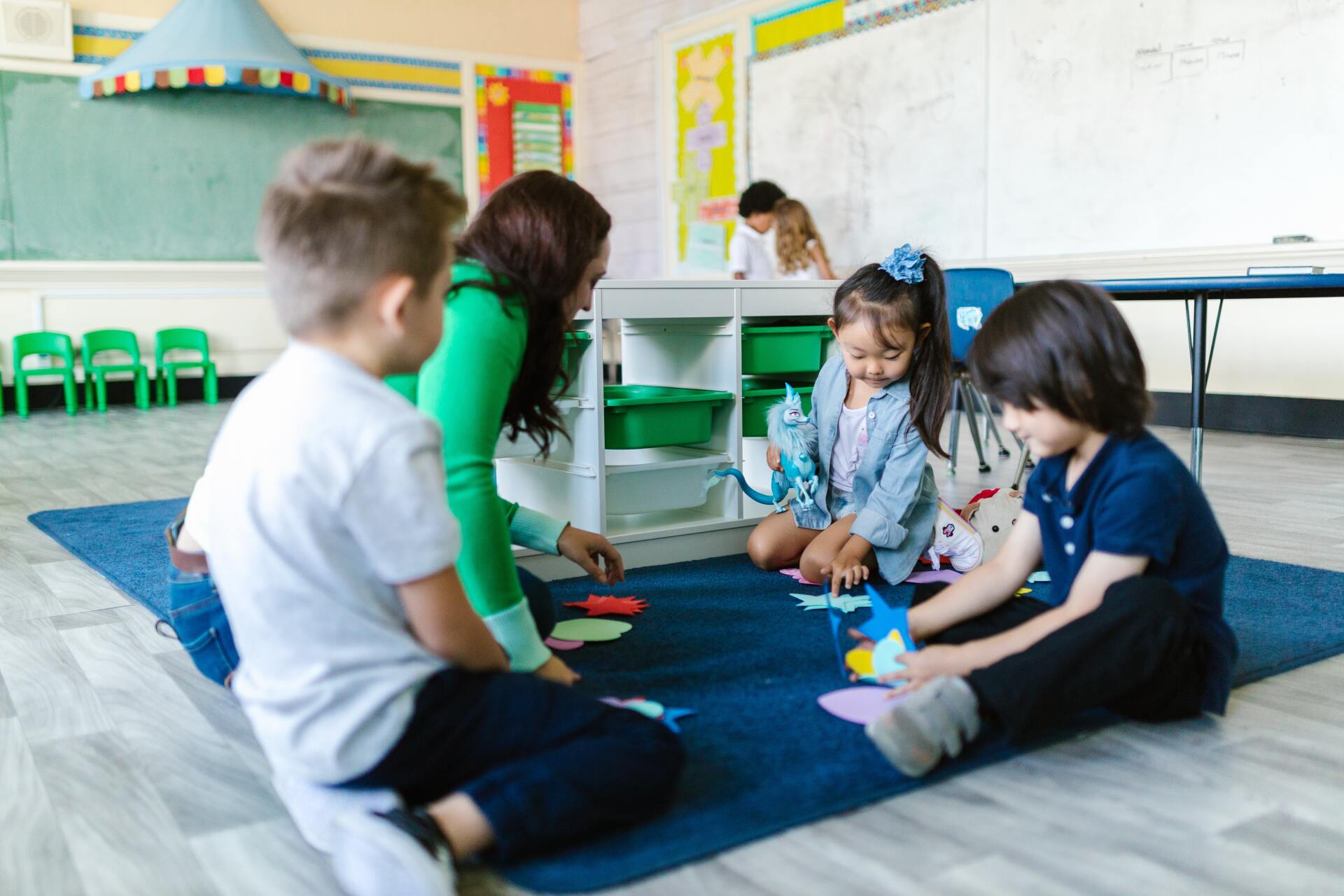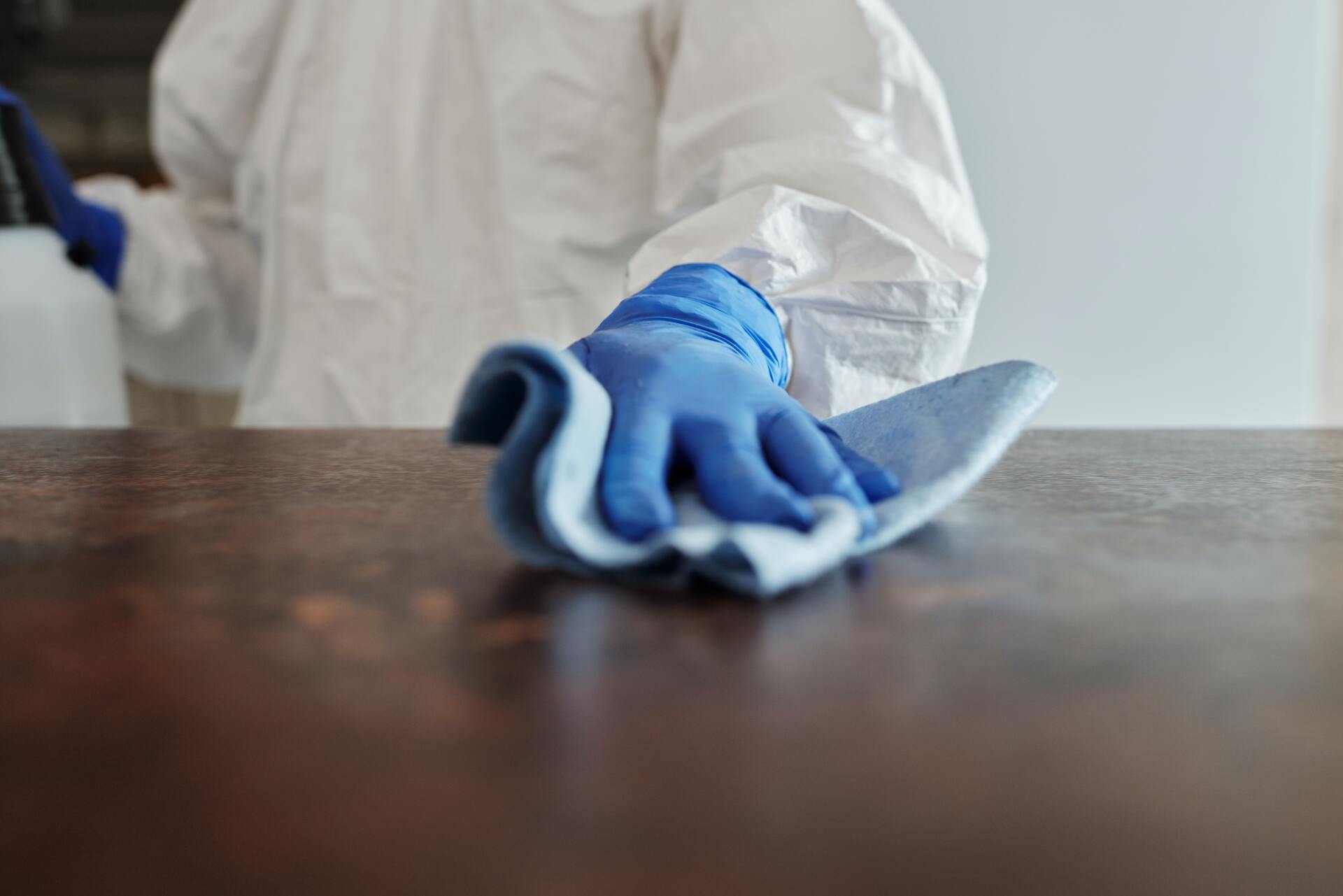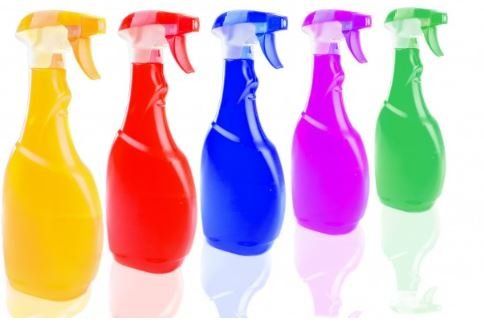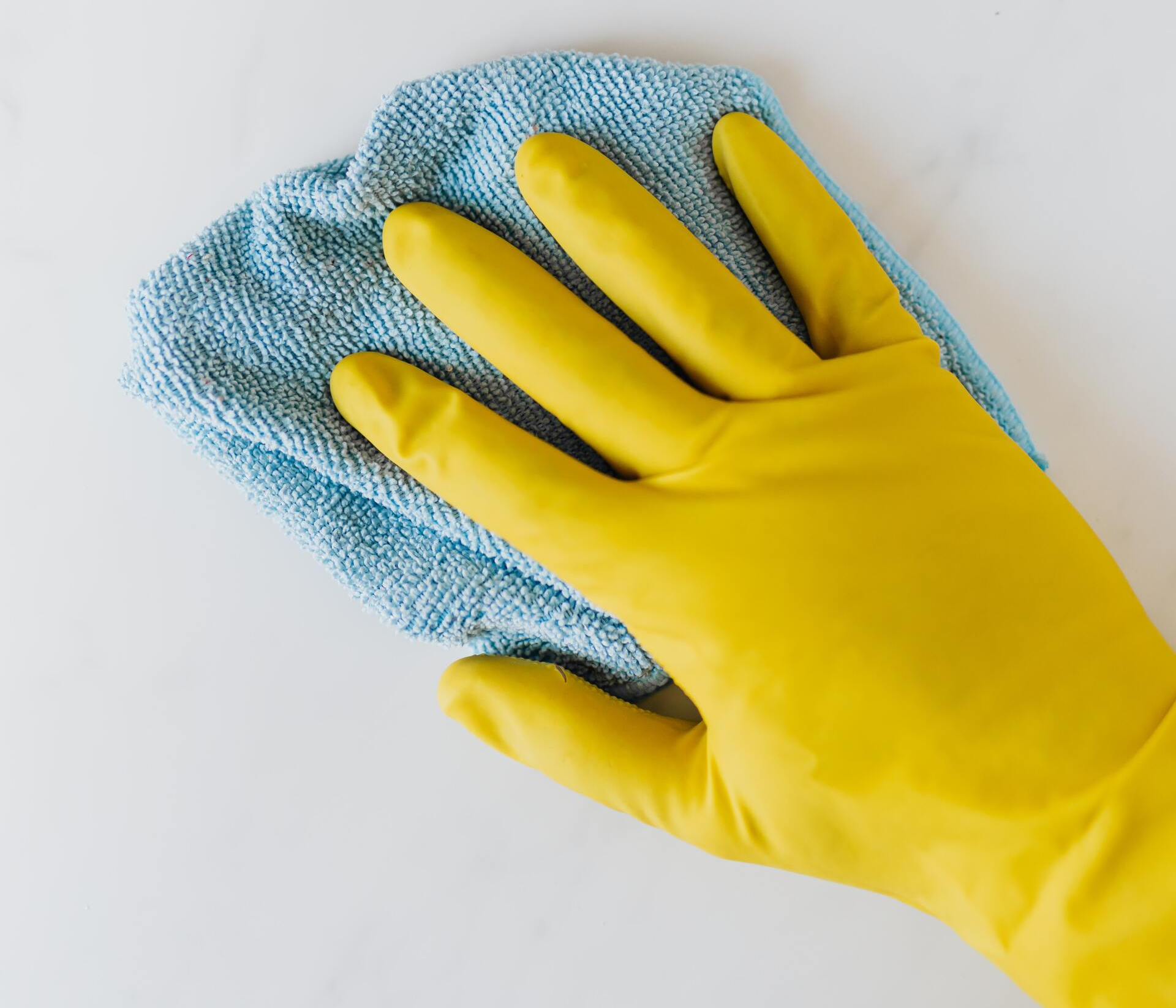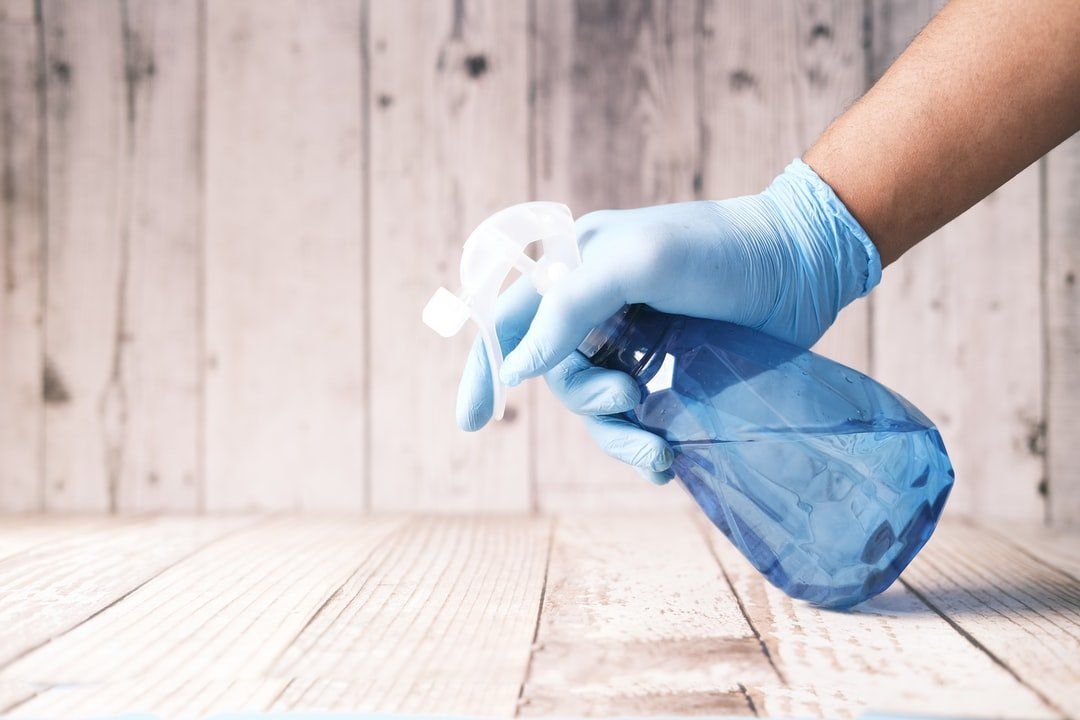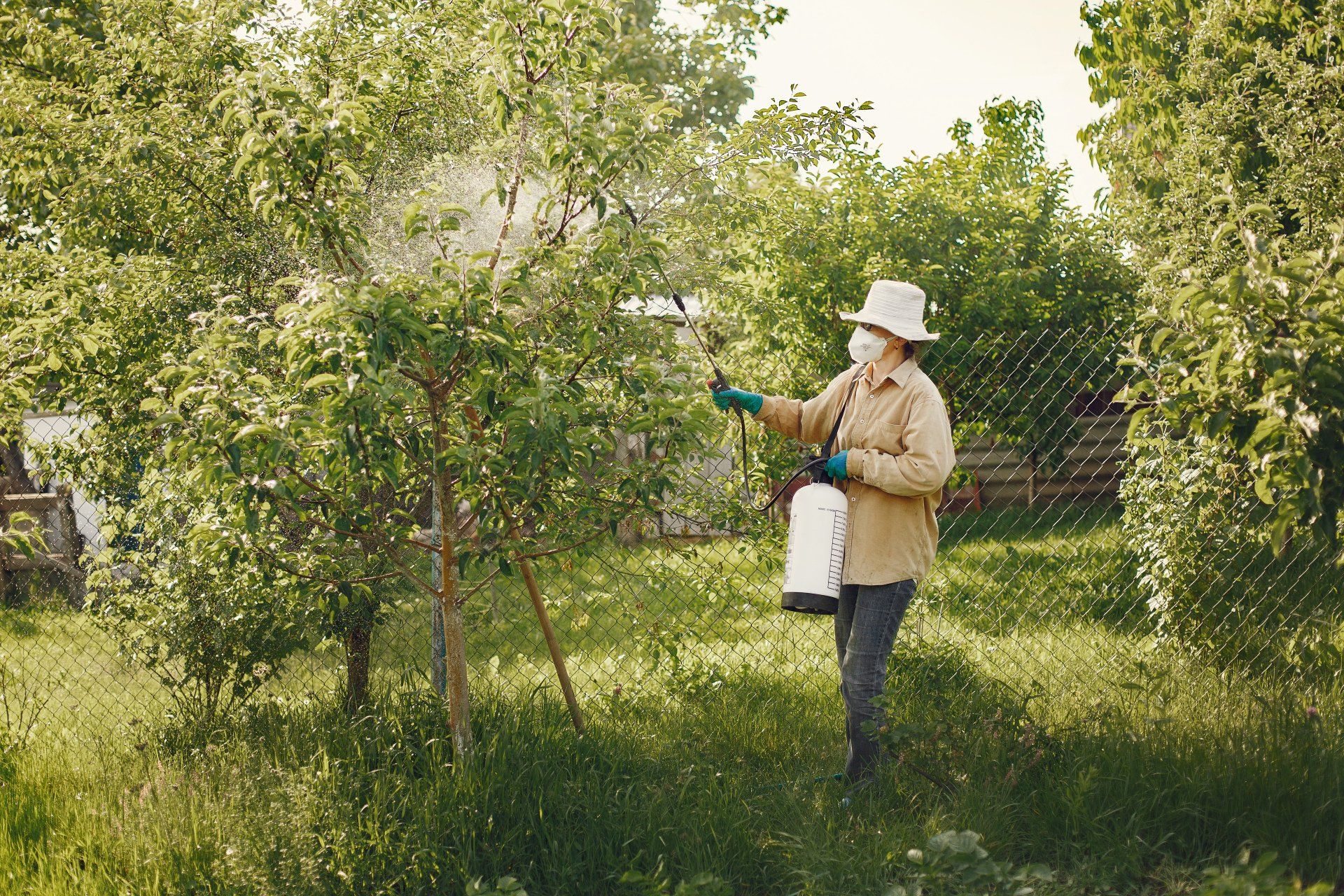Infection Control Handbook for Schools
Chapter 1. Introduction to the Handbook
Primary Authors
Lynn Rose
Carol Westinghouse
Acknowledgements
The authors gratefully acknowledge the members of the National Cleaning for Healthier Schools and Infection Control Workgroup for their participation in a series of monthly conference calls that resulted in the 2010 Handbook and the reviewers for the 2020 update.
Funding
This report was prepared with funding from and in collaboration with the Toxics Use Reduction Institute, University of Massachusetts Lowell in 2010 and 2020.
Chapter 2: The Science of Infection Control
Introduction
A comprehensive understanding of how microbes move through the environment and into our bodies and of the roles that cleaning, sanitizing, and disinfecting have in safely preventing our exposure to these microbes provides the foundation for planning infection-control strategies and developing work practices.
Chapter 3: Development of Protocols
Introduction
The information in this chapter is provided to serve as guide in developing a school’s own set of protocols.
Before choosing any type of cleaning or antimicrobial product, it must be determined what “level” of microbe control is most appropriate for the surface or object. See also Chapter 3.C. Managing Surfaces for Infection Control to determine which surfaces require microbe control and what types of products can be used on each type of surface.
Chapter 4: Selection of Products, Dispensing Equipment, and Application Systems
Introduction
One of the key strategies in reducing the use of toxic products is to prevent their purchase. After an infection-control program is developed, purchasing the right products enables implementation.
The documents in this chapter can be used to identify hazardous ingredients in products; to compare equipment, supplies, and less-toxic products; and to select the best methods for applying the products.
Chapter 5: Safe Use Practices
Introduction
Safe work practices need to be developed for each product that is being used because each product has specific hazards, precautions, and directions for maximum effectiveness. The information in this chapter is provided to ensure that all necessary factors are taken into account when developing cleaning protocols, with the goals of protecting employees and building occupants and using the products most effectively.
Chapter 6: Equipment for Infection Control
Introduction
- Institutional cleaning technology has undergone rapid change over the past few years. New advances in device technology are providing environmentally friendly and safer ways to care for public buildings while protecting the health of the users and other occupants.
Appendix A: Development of Protocols
Introduction
The Cleaning for Healthier Schools (CfHS) program was developed to assist facilities in their transition to less-toxic cleaning products and improved practices. It is a cleaning program designed to protect public health without adversely affecting the health of staff, building occupants, and the environment.
Appendix B: Selection of Products, Dispensing Equipment, and Application Systems
Download Appendix B PDFAppendix C: Sample Classroom, Nurse, and Custodial Guidelines and Posters
Introduction
Unauthorized cleaning products may contain hazardous ingredients that can pose dangers to the user and other building occupants. Disinfectants are not cleaning products, they are antimicrobial pesticides designed to kill microbes. Health dangers of cleaning and disinfectant products include but are not limited to triggering an asthmatic or allergic reaction, chemically burning skin, and causing blindness. Safety hazards include fire, chemical reactions if stored with an incompatible product (e.g., bleach and ammonia form a toxic gas), and spills.



